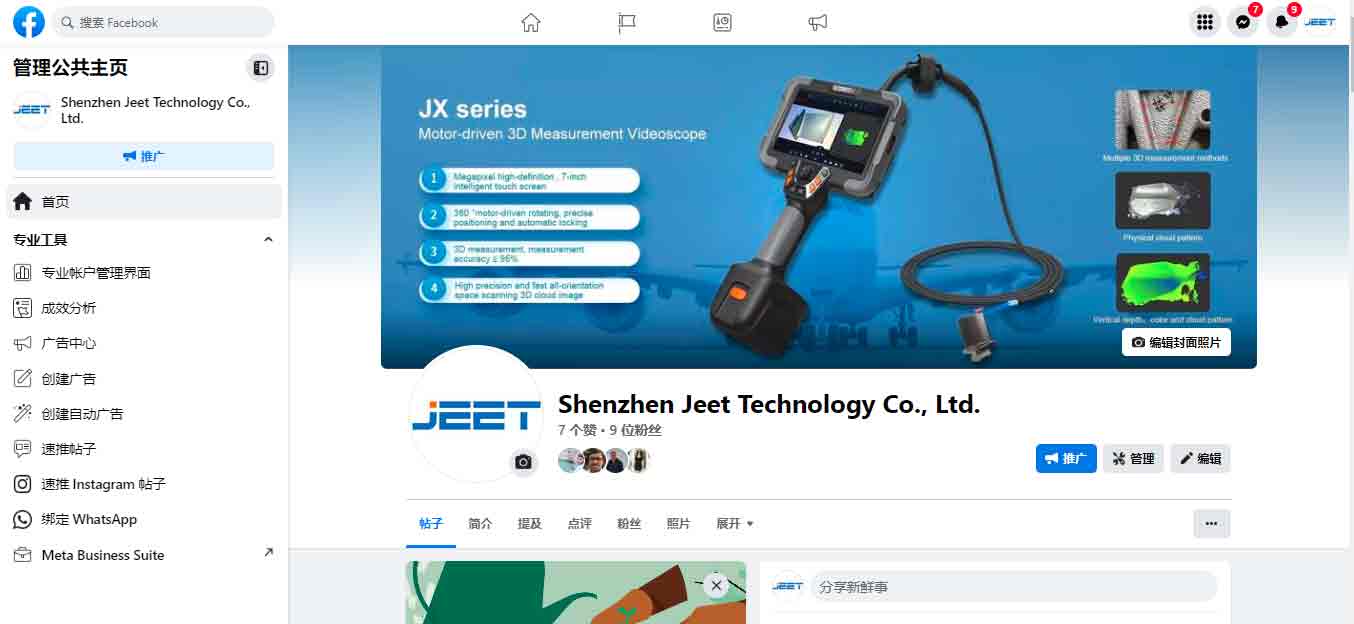How to Use the Automotive Videoscope for Effective Vehicle Inspections
Automotive technology has advanced significantly in recent years, and with it, the tools used by automotive professionals have also become more sophisticated. One such tool that has gained immense popularity is the automotive videoscope. This versatile device enables automotive technicians to inspect hard-to-reach areas of a vehicle, providing valuable insights and facilitating efficient repairs. In this article, we will guide you through the effective use of an automotive videoscope, highlighting its features and benefits.
Before delving into the details, let's first understand what an automotive videoscope is. Essentially, it is a flexible, slender, and illuminated tube equipped with a camera and a display unit. This allows technicians to visually inspect the inner components of a vehicle without disassembly. The videoscope's camera captures high-resolution images or videos that are displayed on the screen, providing a close-up view of the inspected area.
Now, let's explore how to use the automotive videoscope effectively. The first step is to familiarize yourself with the device. Most videoscopes come with an intuitive user interface, making them easy to operate. Start by powering on the videoscope and ensuring that the camera probe is securely connected. Adjust the brightness and contrast settings on the display to ensure optimal visibility.
The next step is to select the appropriate camera probe. Automotive videoscopes offer a range of probe options to accommodate various inspection needs. Some probes are rigid, while others are flexible, allowing you to navigate through tight spaces. Choose a probe that is suitable for the area you want to inspect. For example, a flexible probe would be ideal for inspecting behind the engine or inside the exhaust system.
Once you have selected the probe, carefully insert it into the desired area. The videoscope's display will provide you with a live feed of the camera's view, enabling you to examine the components in real-time. Move the probe in a slow and controlled manner to thoroughly inspect the target area. Take advantage of the videoscope's zoom function to magnify the image and get a closer look at specific parts.
During the inspection, pay close attention to any signs of wear, damage, or malfunction. The videoscope's high-resolution imagery allows you to identify even the smallest defects, such as loose connectors, leaking fluids, or damaged wiring. This detailed visual feedback aids in accurate diagnosis and helps prioritize repairs or maintenance tasks.
Apart from inspections, automotive videoscopes can also be utilized for documentation purposes. If you come across any issues during the inspection, capture images or videos using the videoscope's recording feature. These visual records can be useful for future reference, maintaining a comprehensive vehicle history, or communicating findings with customers or colleagues.
Once you have completed the inspection, safely remove the videoscope from the vehicle, ensuring no damage is caused to the delicate camera probe or any surrounding components. Clean the probe thoroughly to remove any dirt or debris, ensuring its longevity and optimal performance for future use.
In conclusion, the automotive videoscope is a valuable tool that enhances the inspection process and improves the efficiency of automotive repairs. By following the steps outlined in this article, you can effectively use the videoscope to inspect hard-to-reach areas, identify potential issues, and maintain the overall health of vehicles. So, equip yourself with an automotive videoscope and unlock a new level of diagnostic capabilities, ultimately enhancing your customers' satisfaction and your own productivity.




